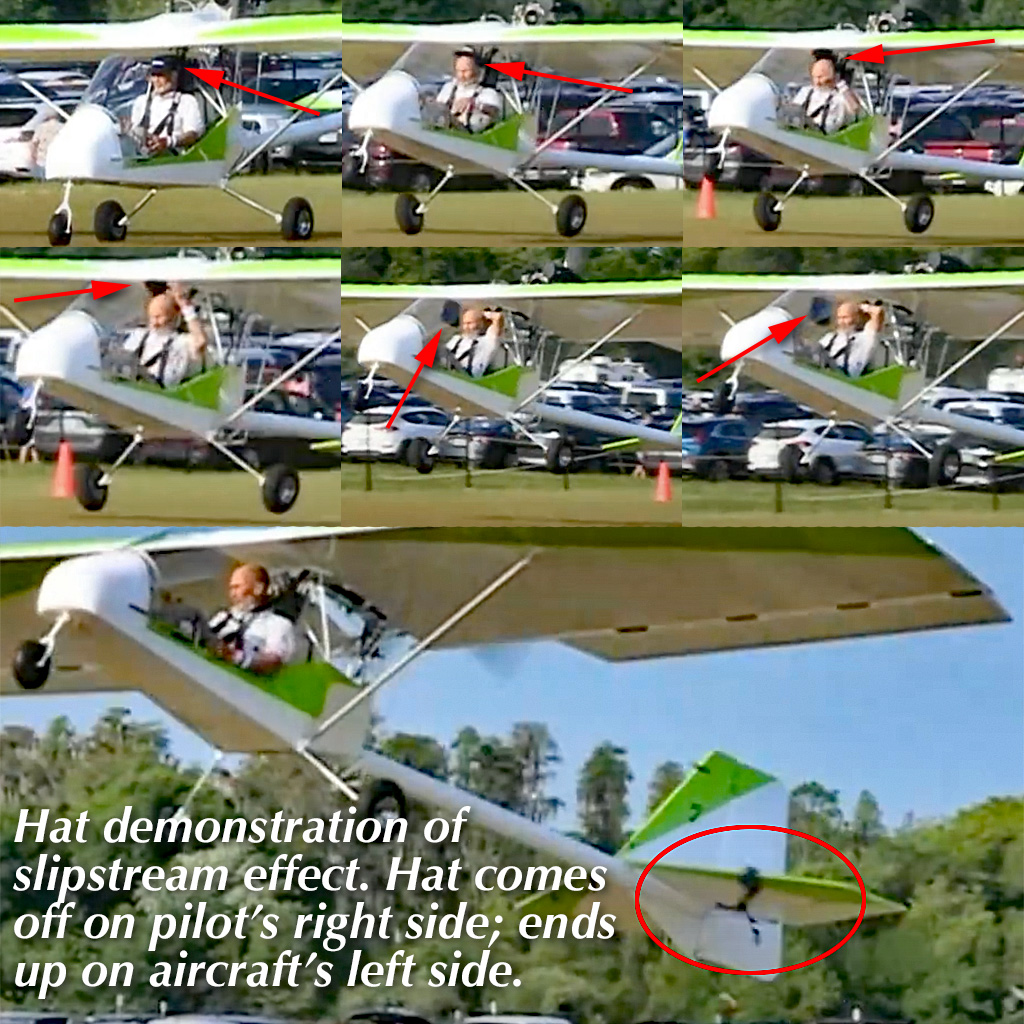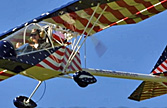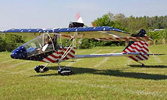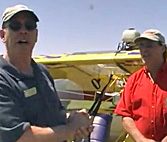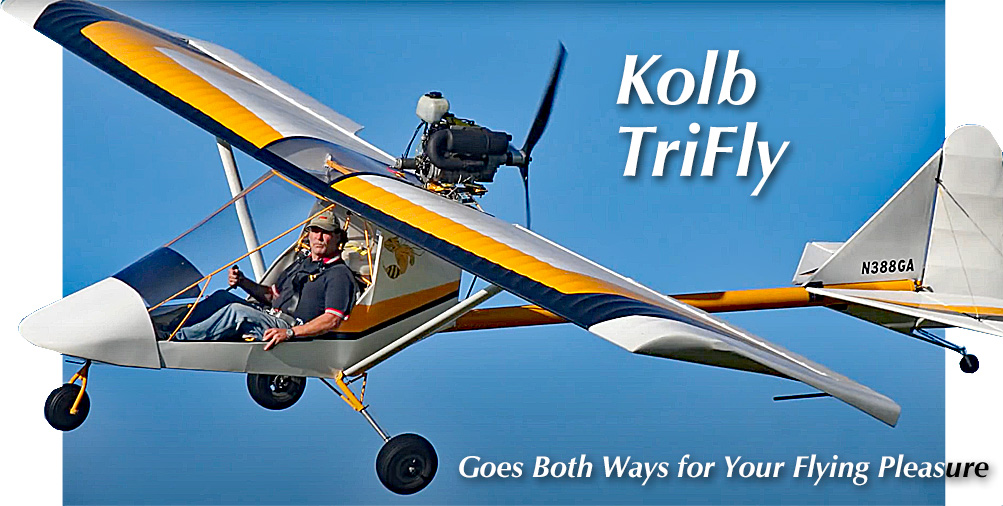
Some pilots are wary of taildraggers. This is hardly surprising since only tricycle-gear aircraft have been used in primary flight instruction dating back into the 1970s. Most pilot have no experience with taildraggers but nearly all have heard of the dreaded ground-loop tendency such gear configuration can allow. Indeed, when investigating insurance for a taildragger, you will have to prove you have some experience or get training from a suitably-experienced instructor — and you won’t find many able to help you. How about if an aircraft went both ways? What if an affordable aircraft allowed you to fly with tricycle gear but permitted you to practice your taildragger technique yet still use the nosewheel’s self-straightening capability if you start to get a little “sideways” (literally or figuratively)? Kolb Aircraft has an answer. Kolb TriFly Producers of Part 103 aircraft, such as Kolb Aircraft report consistently strong business for the last few years.


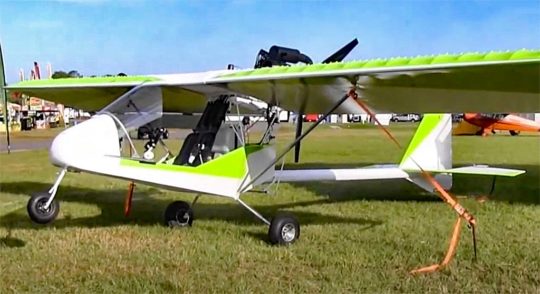 Indeed, when investigating insurance for a taildragger, you will have to prove you have some experience or get training from a suitably-experienced instructor — and you won't find many able to help you.
How about if an aircraft went both ways? What if an affordable aircraft allowed you to fly with tricycle gear but permitted you to practice your taildragger technique yet still use the nosewheel's self-straightening capability if you start to get a little "sideways" (literally or figuratively)?
Kolb Aircraft has an answer.
Indeed, when investigating insurance for a taildragger, you will have to prove you have some experience or get training from a suitably-experienced instructor — and you won't find many able to help you.
How about if an aircraft went both ways? What if an affordable aircraft allowed you to fly with tricycle gear but permitted you to practice your taildragger technique yet still use the nosewheel's self-straightening capability if you start to get a little "sideways" (literally or figuratively)?
Kolb Aircraft has an answer.
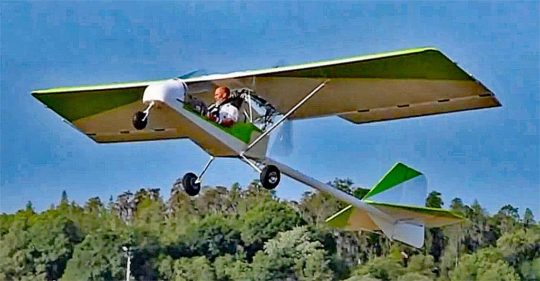 Nonsense!
That's just plain wrong and here's proof: Go to a producer of Part 103 aircraft and ask about delivery time. You'll probably find a longer wait than you expected.
Nonsense!
That's just plain wrong and here's proof: Go to a producer of Part 103 aircraft and ask about delivery time. You'll probably find a longer wait than you expected. 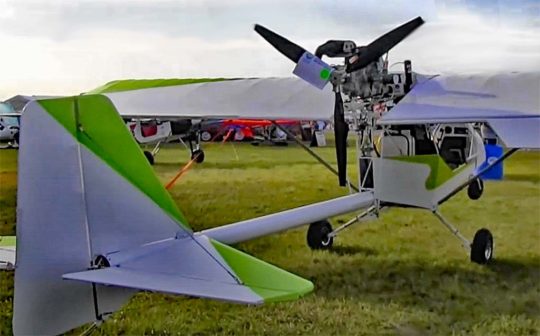 Why are single-place aircraft growing in popularity?
Several good reasons account for Part 103 success but prices for these least-regulated aircraft remain surprisingly low
Why are single-place aircraft growing in popularity?
Several good reasons account for Part 103 success but prices for these least-regulated aircraft remain surprisingly low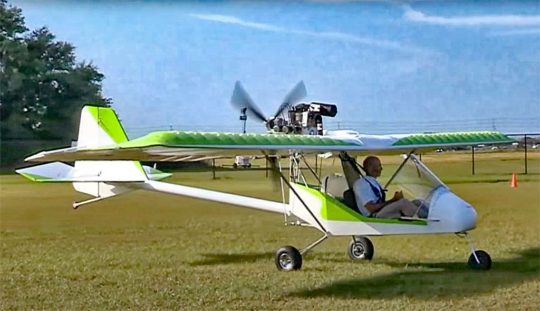 Cool as taildraggers may be, the last couple generations of pilots overwhelmingly learned to fly in tricycle gear aircraft. Most don't care to advertise their lack of history with "conventional gear."
To address potential customers telling him they were unsure about their success with a taildragger, Kolb main man, Bryan Melborn engineered a tricycle-gear version of FireFly. He inventively calls it TriFly.
In truth TriFly also comes with a tailwheel. That's some of the magic because Bryan reports you can definitely perform a three-point landing (main gear touching down in concert with the tailwheel) in TriFly. You can keep rolling out all the way to a stop without the nosewheel contacting terra firms. When the movement stops or you relax the joystick, TriFly will go back to tricycle mode and you can taxi back to your hangar or tie-down.
Cool as taildraggers may be, the last couple generations of pilots overwhelmingly learned to fly in tricycle gear aircraft. Most don't care to advertise their lack of history with "conventional gear."
To address potential customers telling him they were unsure about their success with a taildragger, Kolb main man, Bryan Melborn engineered a tricycle-gear version of FireFly. He inventively calls it TriFly.
In truth TriFly also comes with a tailwheel. That's some of the magic because Bryan reports you can definitely perform a three-point landing (main gear touching down in concert with the tailwheel) in TriFly. You can keep rolling out all the way to a stop without the nosewheel contacting terra firms. When the movement stops or you relax the joystick, TriFly will go back to tricycle mode and you can taxi back to your hangar or tie-down.
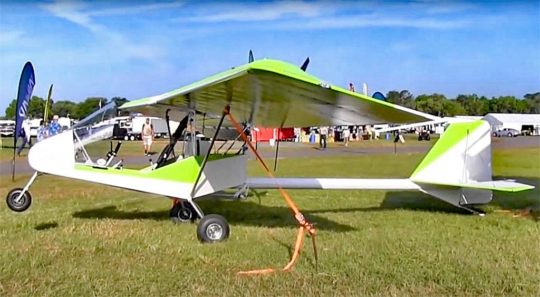 Or, if you prefer, land TriFly like any Cessna; that works well, too.
My personal experience with Kolb Aircraft — having flown numerous models over many years — indicates that great handling qualities are a Kolb trademark: light controls with good response, nearly perfect for most pilots. Performance in matters such as takeoff roll, landing distance, and climb rates are superb. As a Part 103 aircraft, speeds are limited by regulation but TriFly fills the envelope fully.
In every way, Kolb taildraggers are a delight to operate and, truly, you should not fear the taildragger. If you are unsure or if you don't want to meet the insurance demands for a taildragger then TriFly may be the perfect combination. You can have it both ways all in one machine with no adding or removing components.
Or, if you prefer, land TriFly like any Cessna; that works well, too.
My personal experience with Kolb Aircraft — having flown numerous models over many years — indicates that great handling qualities are a Kolb trademark: light controls with good response, nearly perfect for most pilots. Performance in matters such as takeoff roll, landing distance, and climb rates are superb. As a Part 103 aircraft, speeds are limited by regulation but TriFly fills the envelope fully.
In every way, Kolb taildraggers are a delight to operate and, truly, you should not fear the taildragger. If you are unsure or if you don't want to meet the insurance demands for a taildragger then TriFly may be the perfect combination. You can have it both ways all in one machine with no adding or removing components.
